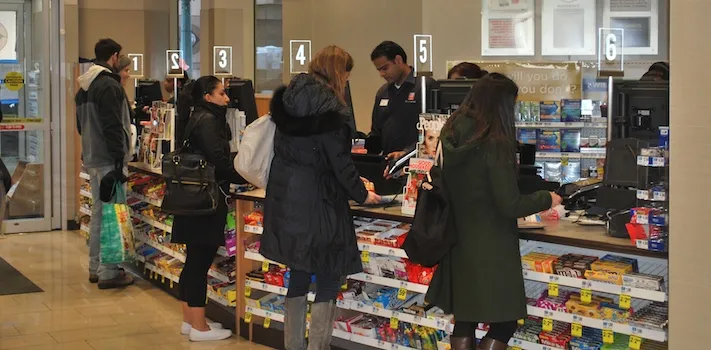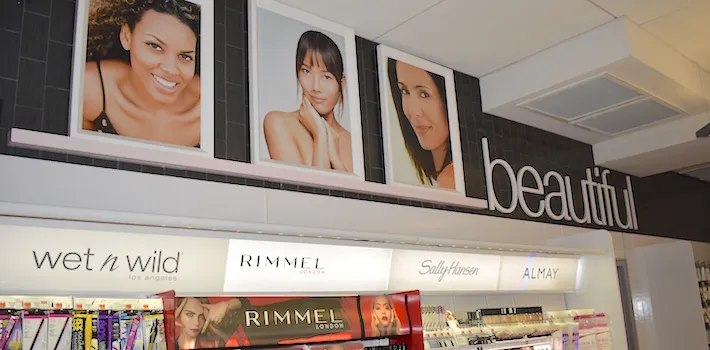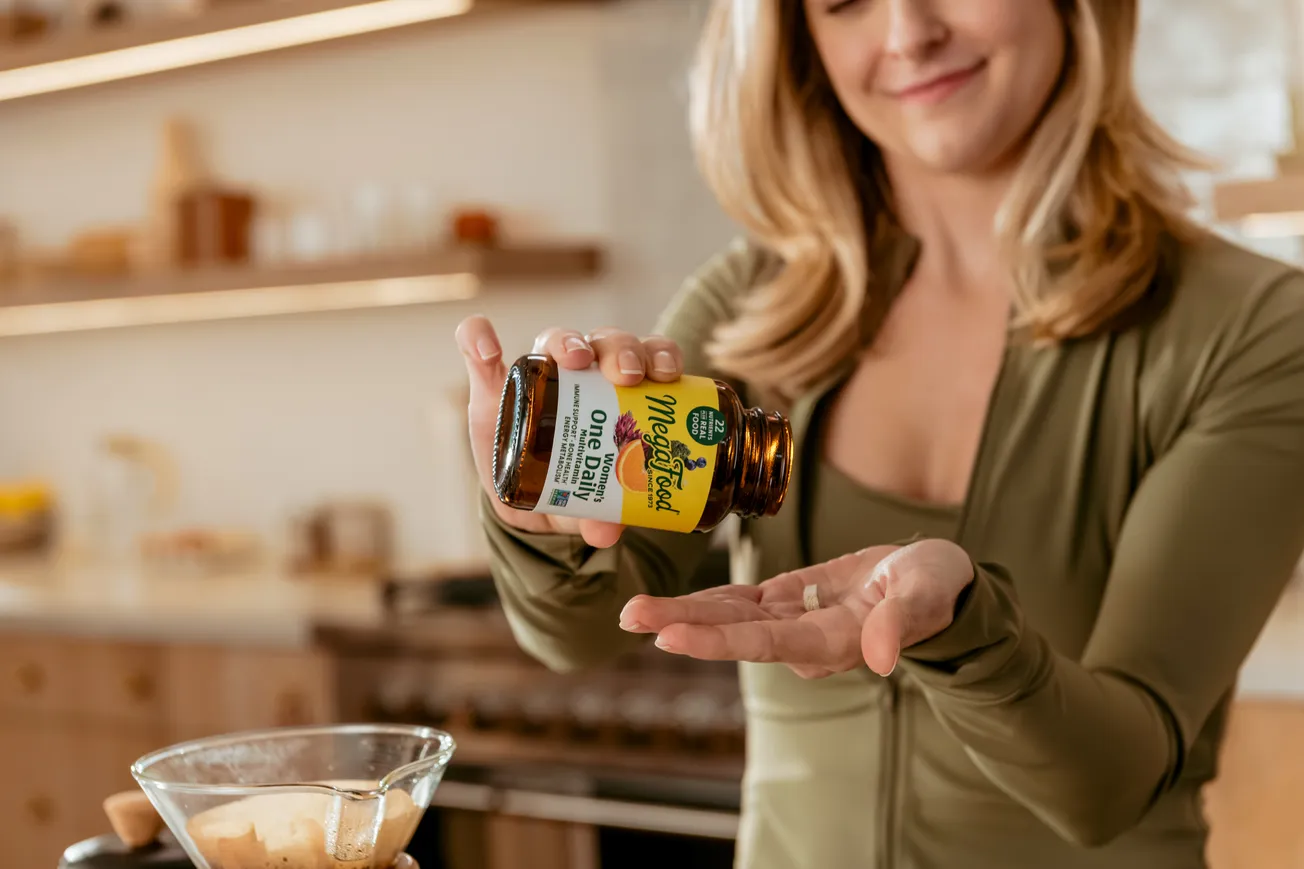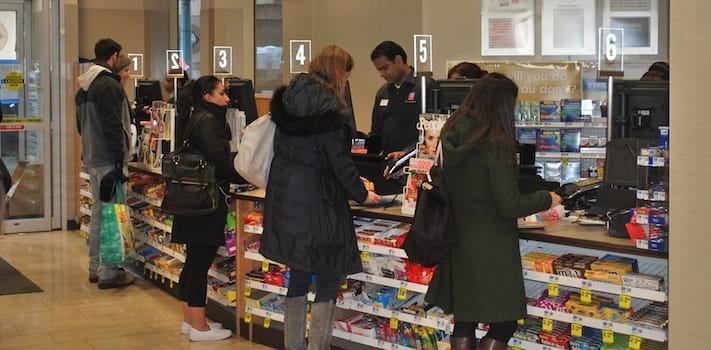
We are now more than 20 years into the e-commerce era of retail. As many brick-and-mortar retail sectors have found creative ways to combat the online threat, pharmacy chains too are identifying the most effective solutions.
One area that offers an opportunity for improvement is payments. For digitally savvy customers, the checkout experience — the process of having to stand in line, scan a reward card and then separately scan a credit card — can seem almost antiquated.
Consider the following: In less than a decade, only two out of three transactions will be in physical stores and 80% of all payments will be digital. As digital payments become more prevalent, we estimate that 10 billion transactions will shift from traditional point of sale to online and digital.
Compounding the threat, a number of technologically sophisticated players, including Amazon.com, may soon enter the fray, and that could spell trouble for drug store chain retailers. These digital-native companies are making investments in frictionless payment methods and are using payments data to grow customer wallet share.
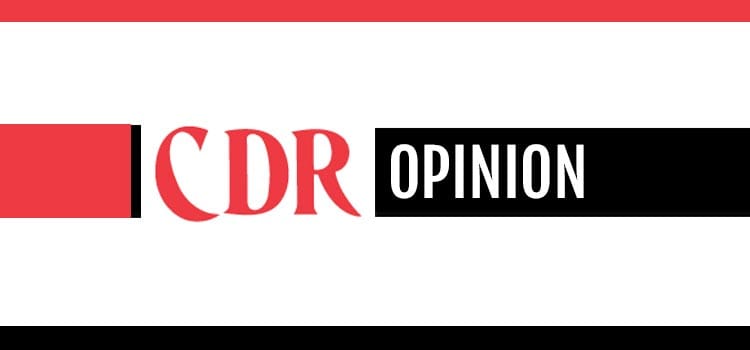
Other players, too, are signaling that they see the value in payments. For example, Kroger Co. has announced that in 2018 it is planning to increase investment in its strategic priorities — one of which is payments — by 200%.
Retailers are commonly discussing how to improve the customer experience, including at checkout. At the same time, the P-O-S conversation has focused on direct transaction and security costs.
Missing from those conversations have been certain hidden costs — including the lost opportunity that results from high friction during a cumbersome checkout.
As chain drug retailers navigate the complexity of multiple payment types through varied intermediaries and technology platforms, there is an opportunity to rethink payment capabilities across three levels: the payment foundation, the customer experience and the use of payments data to drive growth.
Strengthening the payment foundation
At this level, retailers need to optimize operational costs, provide payment choices to consumers, and increase the security and safety of customer information.
In our experience, opportunities to optimize payment acceptance costs can yield as much as 0.5% of sales. For a $10 billion retailer, that translates to approximately $50 million in annual profit improvement — earnings that can be invested in the customer experience and customer insights.
Offering customers their preferred payment method in a safe and cost-efficient manner not only enhances value, but it also can help drug store retailers reach new customer segments.
Target Corp. is one company that is addressing the cost of payments while providing a choice of ways to pay. In addition to traditional debit and credit, Target offers a REDCard that links directly to customer bank accounts, allowing those who may not qualify for a credit card, or who don’t want a bank-issued debit card, to benefit from the convenience of not having to use cash. Target benefits from lower transaction fees and cleaner data for customer insights.
Enhancing the customer experience
This level involves leveraging payment capabilities to create a seamless, frictionless and integrated omnichannel customer experience. This can generally be achieved by removing complexity from the payments process — think Uber, where you just step out of the car and go.
Some retailers are enhancing the checkout experience further by offering customers who download their apps or use their payment method special benefits such as priority place in line, early access to Black Friday sales, free shipping without minimums or electronic receipts.
A number of large retailers, including some drug store chain retailers, have begun to address the experiential side of payments. Walmart Pay, which is now available in nearly 5,000 stores, has been enrolling tens of thousands of users a day. According to the company, two-thirds of customers who try the app use it again within three weeks.
In another example, CVS Health is trying to streamline the pharmacy refill process using its mobile app. Customers simply present a barcode from their phone and, when scanned, the barcode confirms the customer’s identity and automatically pays for the prescription. This also significantly simplifies the drive-through pickup process.
But perhaps the most high-profile example of frictionless checkout is Amazon Go, Amazon’s checkout-free grocery store that is currently being piloted in Seattle. Amazon account holders simply download the app to their smartphones and proprietary technology automatically detects what products are taken from (or returned to) shelves. It charges shoppers’ accounts for any items they walk out of the store with. Regardless of whether the pilot proves successful, it is certainly an aspirational idea that drug store retailers would do well to study closely.
Using payments to drive growth
Companies that have achieved this level use payments data, including data from loyalty programs, to derive insights that help them create personalized shopping experiences for customers that in turn generate higher demand.
According to recent survey by Epsilon, 90% of respondents say they are more likely to do business with grocery or drug stores when their websites or apps offer personalized experiences. When asked to rank what most motivated them to do business with a particular store, nearly a third (29%) ranked providing offers or coupons based on past purchases or stated preferences as No. 1 or No. 2.
This has proved to be true for a number of retailers. For example, after implementing personalized search, Kroger found that customers added items to their online cart at a rate that was 33% higher when their search presented them with items that were based on past purchases.
One company that is bringing personalization to the next level in an effort to fuel growth is luxury retailer Barneys. The company uses beacon technology combined with past payments data to push notifications to customers’ apps when they are in stores and nearby those items. Barney’s associates have tablets with a complementary app that identifies customer profiles so that they can better tailor assistance. The tablets also serve as a mobile point-of-sale device to create a seamless and easy checkout experience. This type of approach could certainly be adapted for the specific needs of chain drug store customers.
Chain drug store retailers need to be connecting the dots across all three levels of the payments ecosystem — resting on their laurels in the payments process is not an option. Those that fail to resolve pain at the checkout counter or keep pace with customer expectations may end up losing customers.
Streamlining this experience promises to deliver a material payoff. When retailers are able to move even further and leverage payments data to enhance the overall shopping experience, they will be even better-positioned to win.
Hemal Nagarsheth is a principal at A.T. Kearney. He can be contacted at hemal.nagarsheth@atkearney.com.

